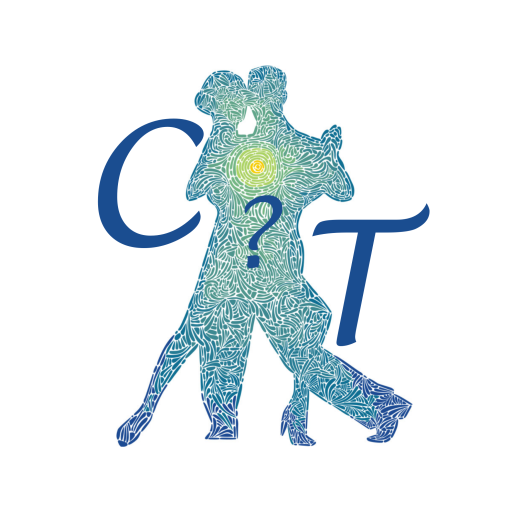Tango fingers and giro stability
Podcast and transcription.
Can your fingers and shoulder blades transform your tango? In this episode, we challenge conventional wisdom by exploring how subtle pressure and connection can enhance communication, stability, and fluidity in your dance.
Listen to the podcast here or in your favourite podcast app.
Hi, this is Dimitris Bronowski, the curious tanguero. My goal is to bring more people to tango and more tango to people. I hope you’ll find this episode useful and that you’ll share it with your friends.
Today we’ll discuss two topics: the first has to do with how we use our fingers in tango. The second is about stability during a giro. I know that some part of it can be controversial and some people have very strong opinions on that topic.
It’s my opinion, it’s my views and if you want just throw it away and forget about it.
‘Leading with the hands is wrong! Wrong!’
I heard that and believed that for years.
Till I started asking a simple question:
If my hands can transmit information, shouldn’t they?
To this day, I didn’t find a compelling reason not to use them.
Yes, some people say that if you use your hands it is like manipulating the woman, or feels awkward, or creates unnecessary pressure.
Well, yes, if you do it the wrong way, it does. Same thing is true if you misuse your chest or elbows.
So don’t.
Use them, but use them right.
The cool thing is the following.
Applying pressure to different fingers has a direct effect on your partner’s body.
I learned that in one of the best classes of my life.
Check this:
Your little finger connects you with your back.
Try it right now.
Lift your right hand at a 90 degree angle (parallel to the floor) in front of you.
With the thumb and index finger of your left hand push the base of your right little finger toward your right elbow. Use the elbow to resist that pressure.
That pressure is transferred to your back.
Now push the base of the thumb. It connects to the front of your shoulder. When you push the base of the thumb toward the elbow, you might feel the shoulder going down too.
The right ring finger, middle finger or index finger are connected to your pectoral muscles.
And surprise surprise, your partner’s body works the same way.
You can affect her body, adjust her shoulders, influence her back etc by applying pressure on different fingers.
Just remember to not squeeze them. The direction of the force is from the base of each finger toward the elbow.
Play with it during practice time and ask your partner for feedback, it’s the only way to see the results in action.
And while we are at it:
Check the outside part of your wrist with your fingers.
Do you feel that little hole there?
If you are standing, and someone pushes in there and toward the direction of the elbow, your hips turn.
You can use that with followers who might have trouble pivoting.
(Again, don’t over do it.)
OK, enough finger work.
I want to share with you now a great way to help your partner stabilise during the back ocho to her left (your right), a very hard step for most followers.
It would be great if you have a partner to practice this with and see it in action.
If you don’t currently have one next to you, keep it in mind to try it in the next opportunity.
During the ocho, the follower needs to rotate her left hand upwards, trying to lift the man’s shoulder blades.
Then you need to push your shoulder blade down.
This helps the follower stabilise.
And this is a general advice:
Make your shoulder blade available to your partner as much as possible.
I learned from Alejandra Mantiñan that your shoulder blade is where information for your partner originates.
And it is also great for them to know that they can use your shoulder blade for stability.
I would go a step further (although we need a whole new email to go into it) and suggest that you try to lead a giro to your right, leading it only with your right shoulder blade.
Give it a try, see what happens.
If you enjoyed what you learned in this episode, don’t keep it to yourself. The best thing you can do is to share it with your friends. That’s what social media and messaging apps are for. You’ll be helping them and me.
The second best thing you can do is to visit thecurioustanguero.com/argentinetango There you’ll find a list of free and paid resources to help you improve and enjoy your tango. I am updating that webpage often with new stuff so make sure to re-visit it every once in a while. thecurioustanguero.com/argentinetango
